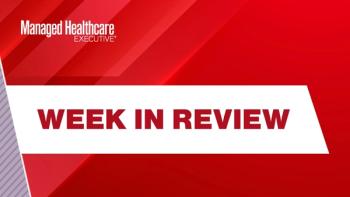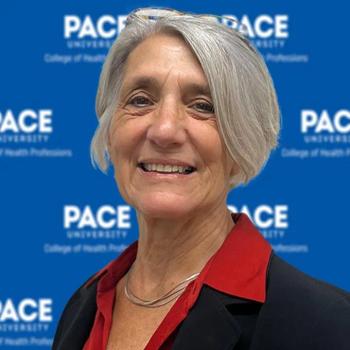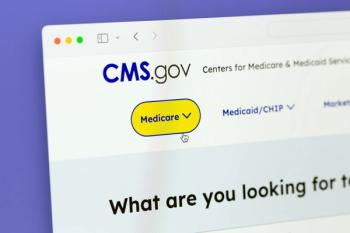
Cigna uses artificial intelligence to sift through big data 'noise'
Successfully separating the signal from the noise, especially in healthcare, can be a tremendous value creator.
As the amount of information in the world nearly doubles each year, detecting relevant signals through the noise is becoming even more difficult. However, successfully separating the signal from the noise, especially in healthcare, can be a tremendous value creator.
For decades, the industry has been chasing the goal of evidence-based medicine, where proven science and published literature guides therapies. The application of machine learning algorithms to diverse big data sets means we can deliver the evidence at the point of care. As we combine genomic data, published literature, and other clinical data to guide therapies, we can radically and dramatically transform the patient experience and clinical outcomes.
The promise of data science goes way beyond better clinical outcomes; it creates a better customer experience. Our customers expect seamless and simple interactions with any enterprise they're working with, including their health plan.
Customers want us to translate their interactions across all channels into a more personalized experience and help improve their clinical outcomes. At Cigna, we’re focused on turning massive amounts of raw data and often, unstructured data, into actionable information in real-time to help our customers get the solutions they need with the outcomes they deserve.
We’re turning data into information that delivers better, personalized outcomes for customers, providers, and clients. And by using artificial intelligence and machine learning techniques, we’re successfully leveraging big data to save lives through earlier interventions, with the right care in the right setting. It’s important to note that a significant part of the customer experience is based on trust. Safeguarding confidentiality and gaining consent on if, when and how information is being used is essential.
This is not a future vision; we are making this real today.
For example, we can identify when a customer is likely to have an emergency room visit; have an inpatient admission in the next six months for chronic obstructive pulmonary disease or coronary artery disease; be diagnosed with depression (three months prior to anti-depressant prescription); or have a hip/knee replacement/repair within the next six months.
Another example is how we’re leveraging machine learning coupled with analytics to proactively engage customers in our new, integrated customer decision support and service program, One Guide. We’ve already seen a reduction of total medical cost for a number of conditions in the first year for customers supported by the program.
A final example is as relevant as today’s headlines: the nationwide opioid epidemic. As an organization, we’re thinking differently about how to address this pervasive and non-discriminating killer. In fact, we’re reducing opioid use among our customers by 25%, though there is still more to do. In addition to our collaboration with our network of doctors, technology is playing a critical role in helping our nation decrease opioid use. One way this is being applied is through our Opioid Likely Overdose Risk Model, which uses machine learning with integrated claims data and analytics to detect opioid use patterns that suggest possible misuse that may lead to overdose or even death.
Looking ahead we see even more opportunities to use sophisticated AI and machine learning techniques--from predicting and preventing chronic diseases, to mining data to reduce payment and claims fraud, to using the data from wearables to optimize health. These advances will allow us to build even better models to answer more complex questions; the ones that will lead to better healthcare outcomes.
We’re hearing the big data signals. Those signals show that the promise of evidence-based medicine is here today and helping us deliver on our mission; to improve the health, well-being, and sense of security for the people we serve.
Mark Boxer, PhD, is executive vice president and global chief information officer for CIGNA, where he is responsible for driving the company’s worldwide technology strategy.
Newsletter
Get the latest industry news, event updates, and more from Managed healthcare Executive.




















































